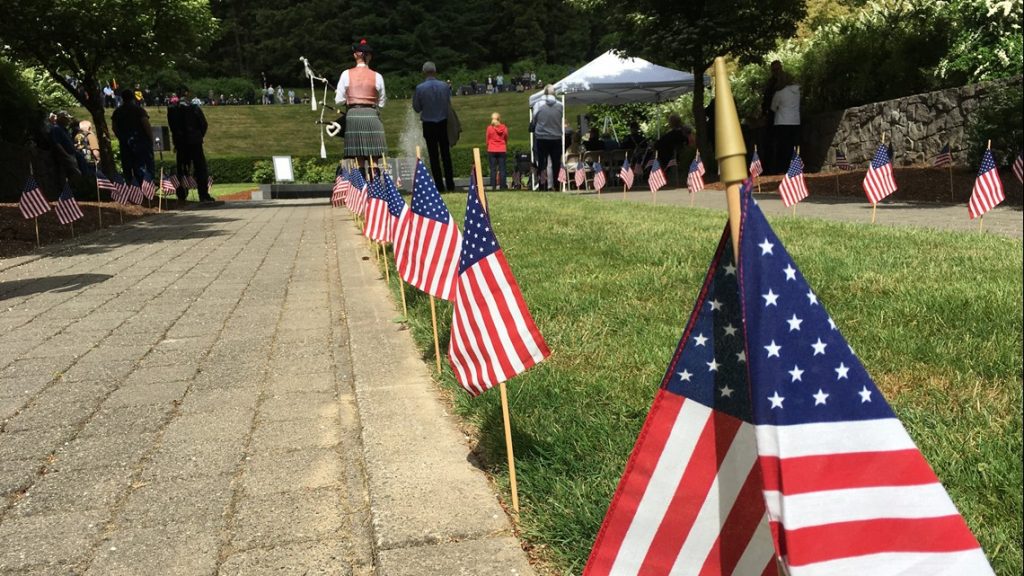
Memorial Day is more than just the unofficial start of summer or a day for barbecues and family gatherings—it’s a solemn occasion to honor and remember the men and women who have given their lives in military service to the United States. Observed on the last Monday of May, Memorial Day stands as a powerful reminder of the cost of freedom and the courage of those who made the ultimate sacrifice.
The roots of Memorial Day date back to the aftermath of the Civil War, a conflict that claimed more American lives than any other and led to the establishment of the country’s first national cemeteries. Originally known as “Decoration Day,” the tradition began as a time when communities across the nation would gather to decorate the graves of fallen soldiers with flowers, wreaths, and flags.
One of the earliest recorded observances took place in Charleston, South Carolina, in 1865, when a group of formerly enslaved people organized a tribute to Union soldiers who had died in a Confederate prison camp. However, the first widespread, official observance came on May 30, 1868, when General John A. Logan of the Grand Army of the Republic (a Union veterans’ organization) declared a day of remembrance to honor the Civil War dead. That year, ceremonies were held at Arlington National Cemetery, where both Union and Confederate graves were decorated.
As the United States faced new conflicts—World War I, World War II, the Korean War, Vietnam, and more—the focus of Memorial Day broadened to include all Americans who died in military service.
For many years, Memorial Day was observed on May 30, regardless of the day of the week. However, in 1971, Congress passed the Uniform Monday Holiday Act, which moved the observance to the last Monday in May, creating a three-day weekend for federal employees. This change helped popularize the holiday nationwide, though some critics argue that it also contributed to a loss of the day’s solemn purpose.
Memorial Day serves as a vital reminder of the high price of liberty. Each flag planted in the ground, each name etched into a war memorial, represents a life lost in service to the country. It is a time for reflection, gratitude, and recognition—not only for those who died but also for their families, whose sacrifices are often invisible but deeply felt.
Across the country, Americans honor the fallen through ceremonies at cemeteries and monuments, moments of silence, parades, and the laying of wreaths. At 3 p.m. local time, a National Moment of Remembrance is observed, inviting everyone to pause and reflect on the true meaning of the day.
While Memorial Day has evolved over time, its core purpose remains unchanged: to honor and remember. As we gather with friends and family, it’s important to take a moment to recognize the meaning behind the holiday. Sharing the stories of fallen heroes, supporting veterans and military families, and participating in local commemorations are all ways we can ensure that their legacy lives on.
If you have members in your family who have served our country, please share those stories about their lives with your children. They were family members who were brave and had courage during difficult times in our nation’s history to preserve our nation. You can also create a video and purchase a QR code to put on their marker, and it is a beautiful way to honor those who served our country. Sharing stories and memories of the veterans in your life will make your Memorial Day celebration memorable. Enjoy the long weekend with your family.
